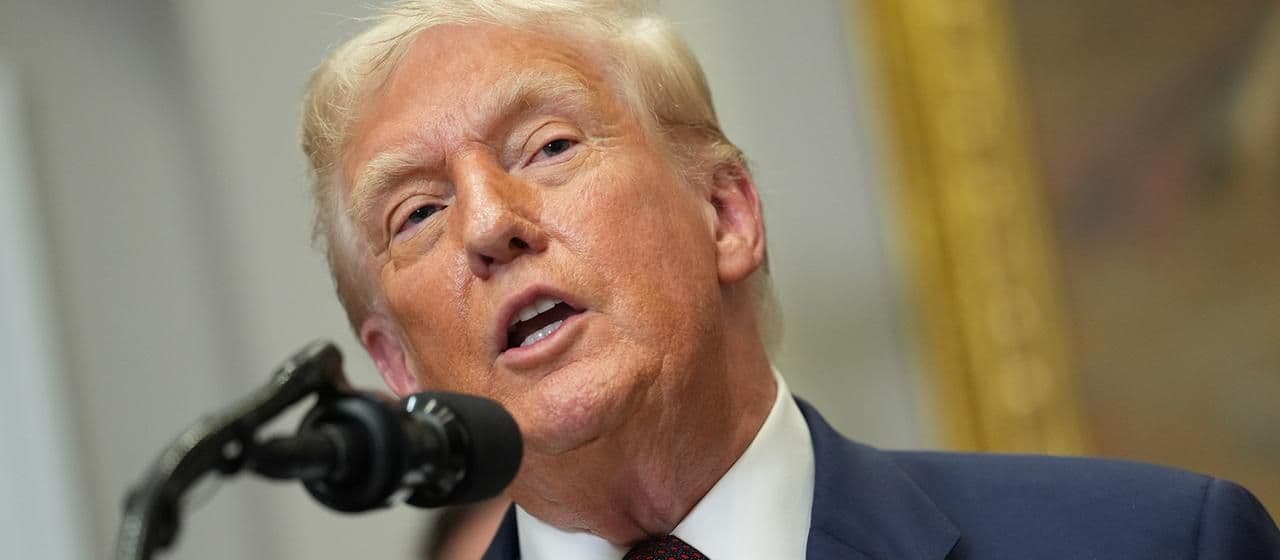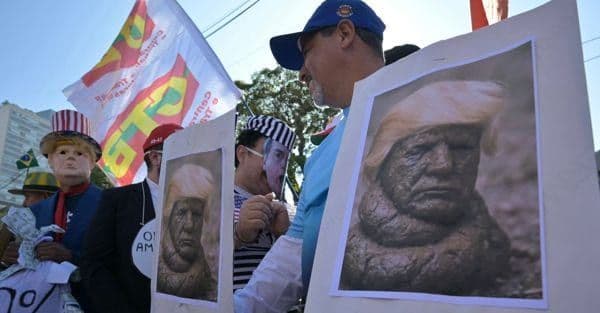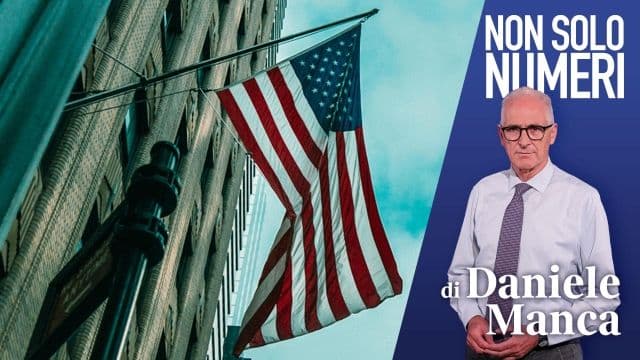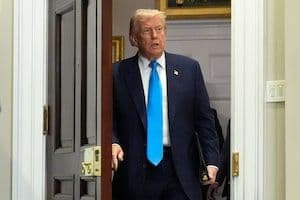The Reciprocal Ripple: Unraveling Trump's Trade Gambit on the Global Stage
Explore Trump's 'reciprocal tariffs' as a strategic trade reset. Unravel varied rates, global reactions, and the future of economic partnerships.
A Shifting Horizon: The New Tariff Landscape Unveiled
The global trade arena is bracing for a seismic shift as President 's much-discussed 'reciprocal tariffs' are set to take effect on August 7th. This sweeping executive order, signed just last Thursday, revises rates for an impressive 68 countries and the entire , marking a significant escalation in the ongoing trade disputes. Initially slated for an August 1st rollout, the slight delay to August 7th, attributed by officials to the need for 'harmonizing tariff rates,' has done little to quell the palpable uncertainty among key trading partners. The new duties span a broad range, from a baseline 10% for unlisted nations to a striking 40-41% for countries like , , and . Specific rates have also been laid out for economic heavyweights and emerging markets, including 25% for , 20% for , 19% for , 15% for , and a 35% hike on certain goods. Notably, remains in active negotiations, while has secured a 90-day reprieve, suggesting a dynamic, rather than static, application of these new economic levers. The immediate market reaction was swift and telling, with Asian shares dipping on Friday following the announcement, signaling the global economy's apprehension about this new chapter in trade relations.
Deconstructing 'Reciprocal': Beyond the Nameplate
The term 'reciprocal tariffs' might suggest a symmetric, tit-for-tat imposition of duties, yet a closer look at the President's executive order reveals a far more nuanced and, at times, overtly strategic application. While the frames these tariffs as a tool to address 'unsustainable trade deficits' and 'put America First,' the actual rates, ranging from 10% to 41%, are anything but uniformly 'reciprocal' in the traditional sense. Consider the stark contrast: a 10% baseline for many, versus facing a punitive 40% on some goods, explicitly stated as a punishment for domestic political events unrelated to trade imbalances. Similarly, 's duties jumped to 35% for products outside the USMCA agreement, alongside a direct threat linking trade deals to Ottawa's foreign policy on Palestinian statehood. This selective, politically charged application of tariffs, rather than a simple mirroring of existing duties, underscores their role as instruments of leverage and coercion. The varied rates and the ongoing negotiations with nations like and highlight that 'reciprocal' here functions less as a descriptive economic term and more as a strategic veneer for a broader, assertive foreign policy aimed at reshaping global economic relationships on Washington's terms.
Global Echoes: Diverse Reactions from Trading Partners
As these tariffs loom, the international community is responding with a complex mix of apprehension, strategic posturing, and even surprising attempts at positive spin. The immediate fallout saw Asian shares decline, a clear indicator of market jitters and the widespread concern over potential disruptions to established supply chains. However, official reactions from various capitals reveal a more intricate dance. For instance, 's Deputy Prime Minister remarkably tweeted that the 19% tariff rate reflected 'the strong friendship and close partnership between and the '. This seemingly counterintuitive statement suggests an attempt to frame the imposition of duties not as a punitive measure, but as part of an ongoing, robust dialogue. While the source material doesn't detail Cambodia's Facebook reaction, it implies a similar need for leaders to navigate these new economic realities carefully. The 90-day extension granted to and the continued negotiations with further emphasize that for many, the hope remains for a more favorable outcome, leveraging the additional week of uncertainty to push for lower rates. This varied international response highlights the deep interconnectedness of the global economy and the pressure on nations to adapt to a rapidly evolving trade landscape.
Strategic Imperatives: Unpacking the 'America First' Rationale
At the heart of this aggressive tariff strategy lies the '' doctrine, articulated clearly by the as using tariffs as a 'necessary and powerful tool to put America First after many years of unsustainable trade deficits that threaten our economy and national security.' This rationale moves beyond mere economic theory, positioning trade imbalances as direct threats to national well-being. The tariffs, therefore, aren't just about revenue or rectifying trade flows; they are a blunt instrument designed to force concessions from trading partners, compelling them into new agreements more favorable to interests. The administration's rhetoric suggests a belief that decades of multilateral trade agreements have disadvantaged the , necessitating unilateral action to reassert economic sovereignty. While the ambition was to strike 90 new trade deals, the reality, as pointed out, is that the administration is 'far short' of that number. This discrepancy highlights the inherent difficulty in translating a unilateral show of force into comprehensive, mutually beneficial agreements. Nevertheless, the '' imperative continues to drive this tariff offensive, treating global trade as a zero-sum game where leverage must be seized and applied to achieve perceived national advantage, even at the cost of global economic stability.
The Path Forward: Uncertainties and Adaptations in Global Trade
As the August 7th deadline approaches, the global economy finds itself at a critical juncture, facing a period of heightened uncertainty and demanding significant adaptation. This new wave of tariffs is explicitly described as the 'next step in his trade agenda that will test the global economy,' a test whose full ramifications are yet to unfold. The mere delay from August 1st to August 7th, while practical for 'harmonizing' rates, inadvertently amplified the anxiety among trading partners, offering a brief, tense window for last-minute negotiations. What does this mean for the future? We can anticipate a continued landscape of volatility, where trade policy becomes increasingly politicized and intertwined with broader geopolitical objectives. Nations will be compelled to re-evaluate their supply chain dependencies, potentially leading to diversification away from tariff-hit markets. Businesses, too, will need to strategize on how to absorb or pass on increased costs, or even shift production. The ongoing negotiations with and the extended reprieve for suggest that the 'new normal' might involve perpetual, high-stakes trade talks, where tariffs serve as persistent bargaining chips. Ultimately, this era of reciprocal tariffs is likely to foster a more fragmented global trade system, pushing countries and corporations to become more agile and resilient in the face of unpredictable policy shifts.
Related Articles

The Unfolding Trade Chessboard: Trump's Tariffs and the Global Response

The Unfolding Trade Chessboard: Trump's Tariffs and the Global Response

The Unpredictable Toll: Unpacking Trump's Differentiated Tariffs on Global Partners

The Unpredictable Toll: Unpacking Trump's Differentiated Tariffs on Global Partners

Beyond the Numbers: Unraveling the True Impact of Trump's Global Tariff Gambit

Beyond the Numbers: Unraveling the True Impact of Trump's Global Tariff Gambit

The Fentanyl Factor: Unpacking Trump's Latest Tariff Play Against Canada
